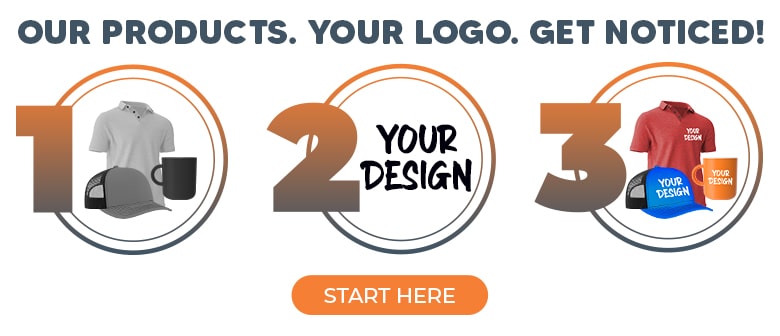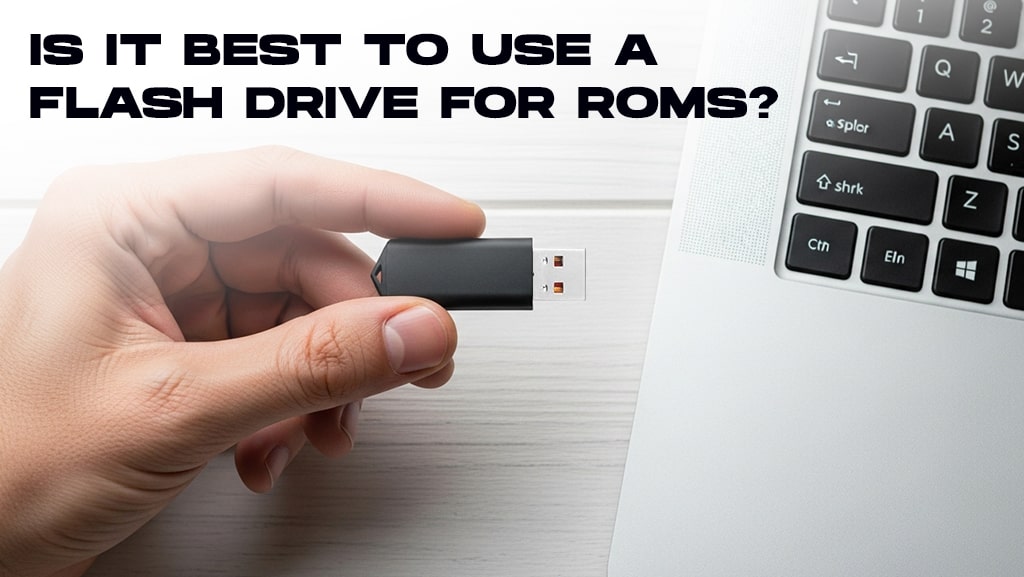
What's Behind the Rising Cost of Flash Memory?
Why Flash Memory Prices Are Rising
After nearly two years of record-low prices, the global flash memory market is shifting again. NAND flash memory—the core technology behind USB drives, solid-state drives, and countless digital products — is entering a new phase of higher demand and tighter supply.
Over the past year, manufacturers have lowered output while receiving unprecedented large-scale demand from data centers and AI infrastructure. Together, those forces are reshaping the market. Flash prices are rising across the tech sector, and the ripple is beginning to reach promotional products like USB drives.
In this article, we'll explain what's driving the increase, how it fits into the long-term cycle of the flash market, and what it means for businesses.
The State of the Flash Memory Market
NAND flash memory is an essential component of modern technology, powering everything from small USB drives to enterprise-grade storage systems. Over the last two years, this market has undergone a dramatic cycle.
Beginning in 2022, demand for personal electronics slowed while manufacturers produced at full capacity, resulting in price drops and excess inventory. By the start of 2025, most major suppliers were selling memory at a loss, prompting a series of large-scale production cuts.
Those adjustments began to take effect in 2025, just as global demand rebounded. The growth in artificial intelligence, data centers, and connected devices has significantly increased flash consumption. The combination of limited production and stronger downstream demand set the stage for the market correction now taking shape.
Prices are climbing now, and the move has elements of correction and disruption. The market appears to be recalibrating after a prolonged lull, but the magnitude of demand, driven by AI, means the ripple effects will be felt sharply in many supply chains.
The Ripple Effect: What This Means for USB Drives
The future of the flash memory market is never fully certain, but some patterns are already clear. As NAND prices rise and supply remains tight, the effects extend to the components that power every flash drive.
As suppliers prioritize high-demand enterprise sectors, such as AI data centers, allocation tightens elsewhere, creating shortages, lengthening production times, and driving up costs for any products that use NAND memory—including USB drives.
For businesses, the message is simple: expect gradual, steady price increases rather than sharp spikes, along with more conservative timelines from factories.
Adapting to a Changing Market
The best strategy in a shifting market is to stay prepared. Price trends and production timelines are changing, but those shifts don't have to create disruption.
Ordering early is the most reliable way to secure stable pricing and lock in inventory before manufacturers adjust to new cost structures. Flexibility also goes a long way; being open to alternative models, colors, or memory capacities can prevent delays in a tight market.
Finally, maintain consistent communication with suppliers. Transparent updates on pricing, lead times, and inventory availability help you plan with confidence, even in an unpredictable market. With good timing, awareness, and adaptability, businesses can navigate these changes smoothly and keep their promotional programs on schedule.
What Comes Next
Flash memory is entering a new cycle. As demand strengthens and supply remains measured, prices will rise across the supply chain. These shifts are already shaping the cost and availability of flash-based products, from SSDs to USB drives, and will continue to do so through 2026.
The outlook isn't unstable, but it is evolving. Businesses that strategize, stay flexible, and keep close contact with their suppliers will be best positioned to manage changes as they come.
At Logotech, we'll continue to watch how these developments affect promotional technology, helping our clients make informed decisions in a market that's still finding its balance. Create an account or contact your account manager, and let's plan for the future together!








